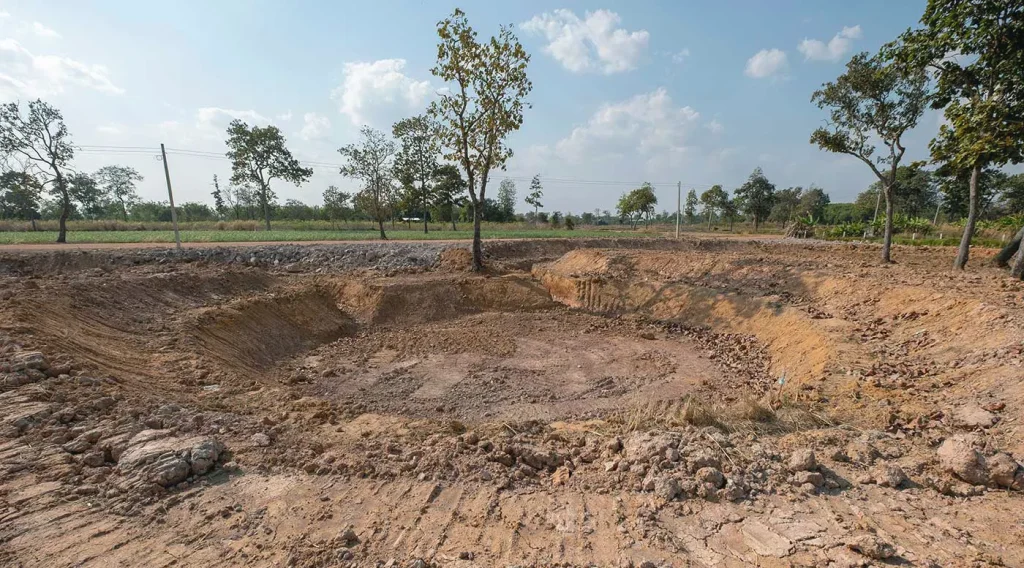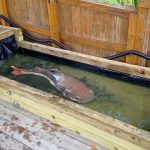Building a small farm pond can be a rewarding and beneficial project for any landowner. Whether you’re looking to provide water for livestock, enhance the beauty of your property, or create a habitat for wildlife, a farm pond can serve many purposes. In this step-by-step guide, we will walk you through the process of building your own small farm pond.
1. Planning and Site Selection
Before you start digging, it’s essential to carefully plan and select the site for your farm pond. Consider factors such as the size of the pond, the water source, and the surrounding landscape. Choose a location that is not prone to flooding and has good soil for holding water.
| Factors to Consider: | Details |
|---|---|
| Size of the Pond | Determine the size based on your needs and available space. |
| Water Source | Consider sources like springs, streams, or rainfall runoff. |
| Soil Type | Choose soil that will hold water, such as clay or loam. |
2. Obtaining Permits and Permissions
Before starting any construction, make sure to obtain the necessary permits and permissions from local authorities. This may include environmental permits, land use permits, or water rights permits. Compliance with regulations is essential to avoid legal issues in the future.
3. Designing the Pond
Work with a professional pond designer or engineer to create a detailed plan for your farm pond. The design should include the pond’s dimensions, depth, dam structure, spillway, and any additional features such as a fish habitat or shoreline vegetation.

Credit: 1source.basspro.com

Credit: www.iamcountryside.com
4. Excavation and Construction
Once you have the necessary permits and a detailed design, it’s time to start excavation and construction. This process involves digging out the pond basin, constructing the dam, installing the spillway, and compacting the soil to prevent leaks.
5. Lining the Pond
To ensure that your pond holds water effectively, consider lining the pond with a liner or clay. This will help prevent seepage and maintain water levels. Consult with a professional to determine the best lining option for your farm pond.
6. Filling the Pond
After the pond is constructed and lined, it’s time to fill it with water. Depending on your water source, this may involve diverting a stream, using a pump, or relying on rainfall. Monitor the water level regularly to ensure proper filling.
7. Landscaping and Maintenance
Once your farm pond is filled with water, you can start landscaping the surrounding area. Consider planting native vegetation, building a dock or fishing pier, and adding rocks or boulders for aesthetic appeal. Regular maintenance, such as removing debris and controlling algae growth, is essential to keep your pond healthy.
8. Stocking the Pond
If you’re interested in fishing or wildlife, consider stocking your farm pond with fish or creating a habitat for amphibians and other aquatic species. Consult with a local fisheries biologist to determine the best stocking options for your pond.
9. Enjoying Your Farm Pond
Once your small farm pond is complete, take the time to enjoy the beauty and benefits it brings to your property. Whether you’re fishing, birdwatching, or simply relaxing by the water, a farm pond can provide endless enjoyment for you and your family.
Building a small farm pond is a significant investment of time and resources, but the rewards are well worth it. By following these steps and seeking professional guidance when needed, you can create a beautiful and functional pond that enhances your property and benefits the environment.




